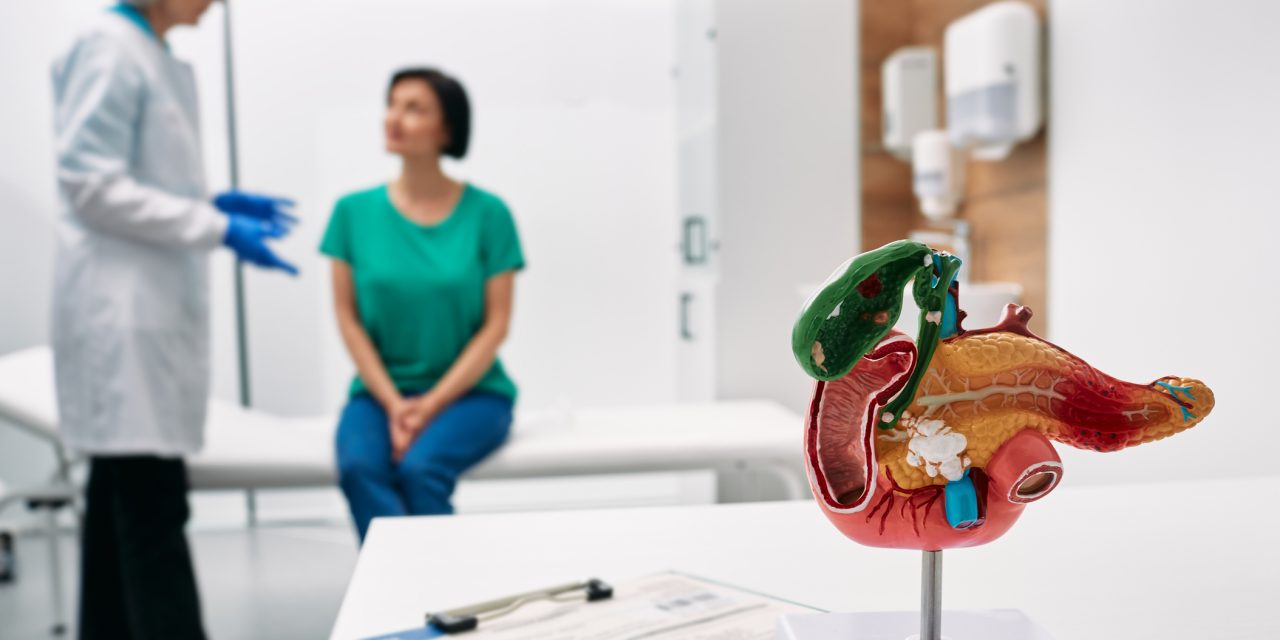Thyroid eye disease (TED), an autoimmune orbital disorder, follows a time-of-onset bimodal peak: 40-44 and 60-64 years for women, 45-49 and 65-69 years for men. TED, however, can also commence in old age. The study’s purpose was to evaluate TED in octo- and nonagenarians.
Medical records of 19 ≥ 80 years geriatric patients at time of diagnosis were compared to 122 TED patients, aged 20-79. A second analysis was performed after subdividing the control group into two age groups, ≤ 40 (“young group,” 16 patients) and 41-79 years (“middle-aged group,” 106 patients).
The geriatric group’s mean age was 84 years (80-94), 11 males and 8 females. Mean follow-up time was 16 months. Compared to the controls, the geriatric patients smoked less (p = 0.012), were more often hypothyroid (p = 0.019), and had concurrent myasthenia gravis (p = 0.02) at time of diagnosis. Diplopia was the most common presenting symptom among the elderly (p = 0.005) and proptosis among the controls, specifically the young group (p = 0.027). Bilateral signs were more common among seniors (p = 0.049). Optic neuropathy was diagnosed in 10% of the geriatric group (2/19) and 11% of middle-aged group (12/106), all being resolved after steroids or orbital decompression. Active disease (clinical activity score (CAS) score = > 3) was more common among the middle-aged group (p = 0.024) while the geriatric patients tended towards higher TED severity grades. Orbital decompression and eyelid repositioning surgeries were more common among the middle-aged group. Strabismus surgeries were more common among seniors.
TED among octo- and nonagenarians has unique patterns, with different demographic features, more exposed to diplopia, hypothyroidism, association with myasthenia gravis, and bilateral involvement. Special attention should be given when medically managing this subgroup.
© 2022. The Author(s), under exclusive licence to Springer-Verlag GmbH Germany, part of Springer Nature.
Clinical profile of 80-year-old and older thyroid eye disease patients.


